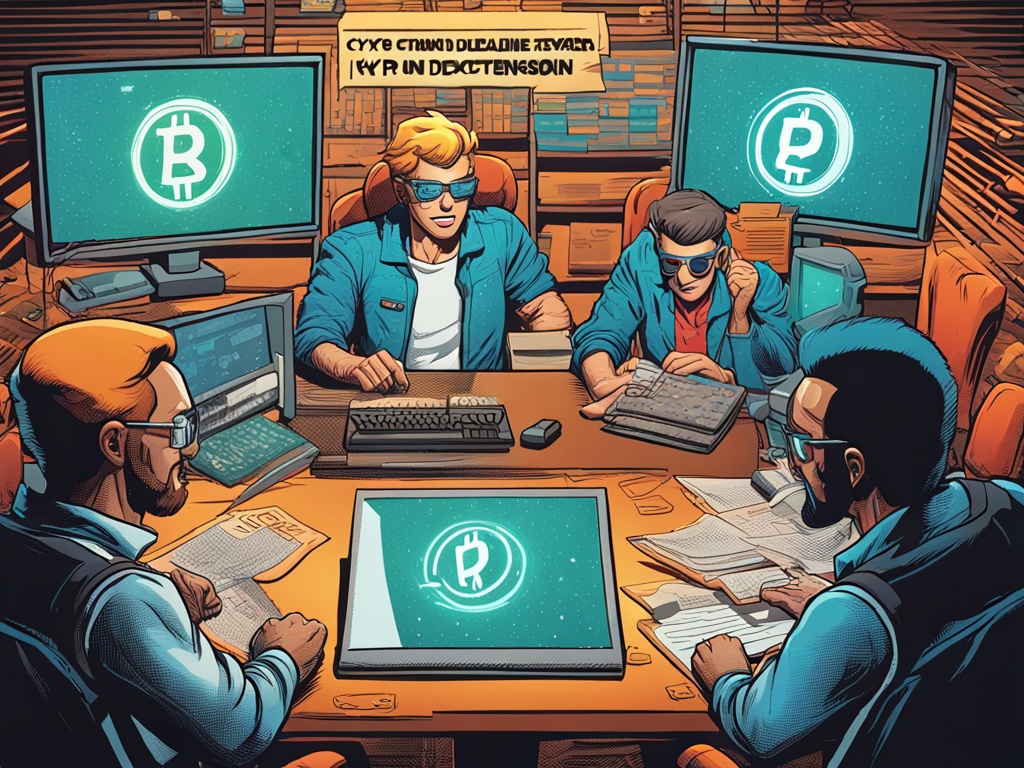What’s the Buzz About Pi Network’s Latest KYC Extension in the Crypto Space?
Have you heard about the latest developments with Pi Network? It’s quite a rollercoaster, and it has stirred up quite a bit of conversation in the crypto community. Let’s break it down and see how these changes might impact the broader crypto market.
Key Takeaways
- The deadline for KYC submissions in Pi Network has been extended to December 31, 2024.
- The team claims they are close to launching the Open Network, needing just 1 million more KYC completions for the 15 million target.
- Reactions among users are mixed, with some excited and others skeptical about the project’s legitimacy.
Another Delay – What’s Going On?
So Pi Network, which launched back in 2019, aims to make cryptocurrency mining accessible via smartphones. Sounds revolutionary, right? Fast forward a few years and while they’ve got a bustling community, doubts have started to creep in. You see, they haven’t launched their native token or open mainnet yet, which leaves a lot of folks scratching their heads and raising eyebrows.
Initially, users were supposed to complete the Know Your Customer (KYC) process by late September. This was crucial because the team declared that the launch of the native token hinged on completing KYC. However, the deadline got pushed to November 30, and most recently, it’s been further extended to December 31, 2024.
This "Grace Period" might sound like a blessing, but it’s got the community divided. Some are thankful for the extra time, imagining they’ll finally get a chance to secure their Pi. Meanwhile, others are throwing shade, calling the project a scam due to the repeated delays and missed promises. Honestly, can you blame them? It’s like waiting for a movie that keeps getting postponed—your excitement can quickly turn into frustration.
The Open Network on the Horizon?
Now, here’s where it gets a bit more interesting. The Pi Network team has assured users that the launch of the Open Network is just around the corner. They claim that they’re only 1 million KYC completions away from hitting that magical 15 million mark needed to proceed. That’s right—only 1 million more! It sounds promising, but many enthusiasts are still skeptical. After all, how many times have we heard about “upcoming launches” that never quite happen?
Moreover, there’s more to this migration than just completing KYC. Users are encouraged to tackle a checklist that includes setting up wallets and signing a token confirmation agreement, even before passing the KYC—because, let’s face it, who wants their Pi to be left behind and unusable?
Practical Tips for the Pi Network
If you find yourself swept up in the Pi Network wave, here are a few practical tips:
- Complete Your KYC: Ensure you submit your KYC as soon as possible. Missing the December 31, 2024, deadline could mean losing access to your Pi.
- Stay Informed: Follow the Pi Core Team’s updates closely, especially regarding the mainnet roadmap and migration.
- Explore Additional Steps: Don’t wait for the KYC process to finish; start on other important tasks they’ve listed. You don’t want to end up stuck!
- Engage with the Community: Be part of discussions. Sharing experiences with other members can keep you motivated and informed.
My Two Cents
I’ve been watching Pi Network for a while, and honestly, it’s a mixed bag. The concept of mining cryptocurrency easily on your phone is exciting, yet the constant delays can sap that excitement pretty quickly. However, every change, every extension, and every promise is a signal we need to watch. As an investor—or even just a curious individual—you have to weigh the potential against the risks. This market is unpredictable, and it requires a keen eye combined with gut feelings.
Wrapping It Up
The crypto space is undeniably dynamic, and Pi Network’s journey is a vivid reflection of that volatility. While extensions may seem like a last-minute effort to keep users, they can also be seen as a desperate grasp at credibility. As we dive deeper into these developments, it’s essential to keep asking ourselves: How much faith should we put into projects that struggle to deliver on time, and what does this say about the future of similar ventures?
In the end, are you willing to ride the waves of uncertainty in the crypto market? Or do you prefer the steady shores of more established assets? The choice, as always, is yours to make.





 By
By
 By
By
 By
By
 By
By

 By
By